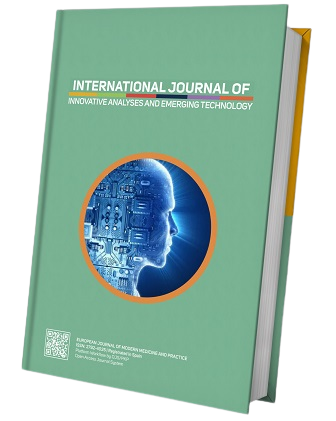Methods of Flotation of Iron Ores, Recent Developments in the Iron Ore Flotation Industry
Keywords:
Iron Ore Flotation, Reverse Cationic Flotation, Reverse Anionic Flotation, Alumina Removal, Phosphorus Removal.Abstract
With the depleting reserves of high-grade iron ore in the world, froth flotation has become increasingly important to process intermediate- and low-grade iron ore in an attempt to meet the rapidly growing demand on the international market. In over half a century’s practice in the iron ore industry, froth flotation has been established as an efficient method to remove impurities from iron ore. In this chapter, the industrial practice and fundamental research activities of iron ore flotation are reviewed. The latest innovations in iron ore flotation at major iron ore operations around the world are introduced. The development of flotation routes from direct anionic flotation to reverse cationic flotation, and the rising of reverse anionic flotation in China in recent years is discussed. Although direct anionic flotation was the first flotation route employed in the iron ore industry, it was later largely replaced by the more efficient reverse cationic flotation route. The application of reverse anionic flotation in China in recent years effectively overcomes some flaws of reverse cationic flotation such as high reagent cost and high metal loss in desliming. The reagents used in iron ore flotation, including starch, amines and fatty acids, and the mechanisms of their interactions with the minerals in iron ore are examined. The presence of some specific impurities other than quartz in iron ore, such as alumina containing minerals, i.e. kaolinite and gibbsite, and phosphorous, is detrimental and attracts penalties. The removal of these specific impurities has received increasing attention in the iron ore industry. The industrial practice and latest research activities in this area are closely reviewed.






